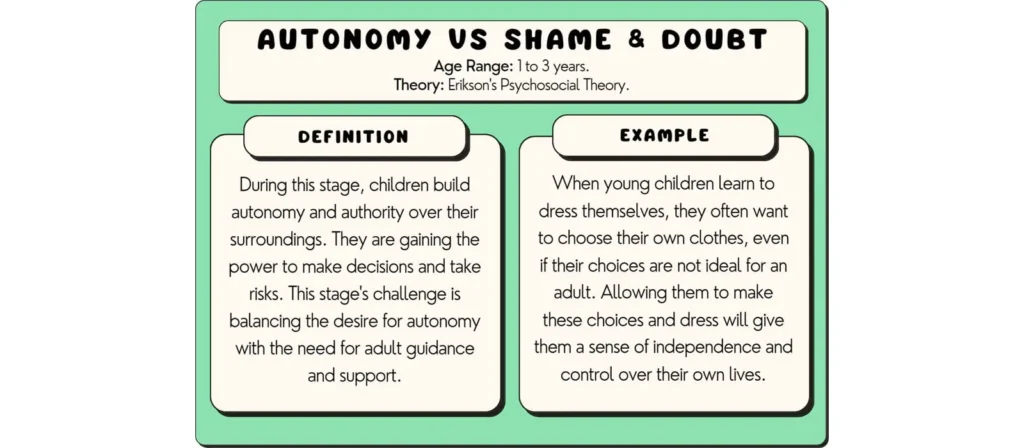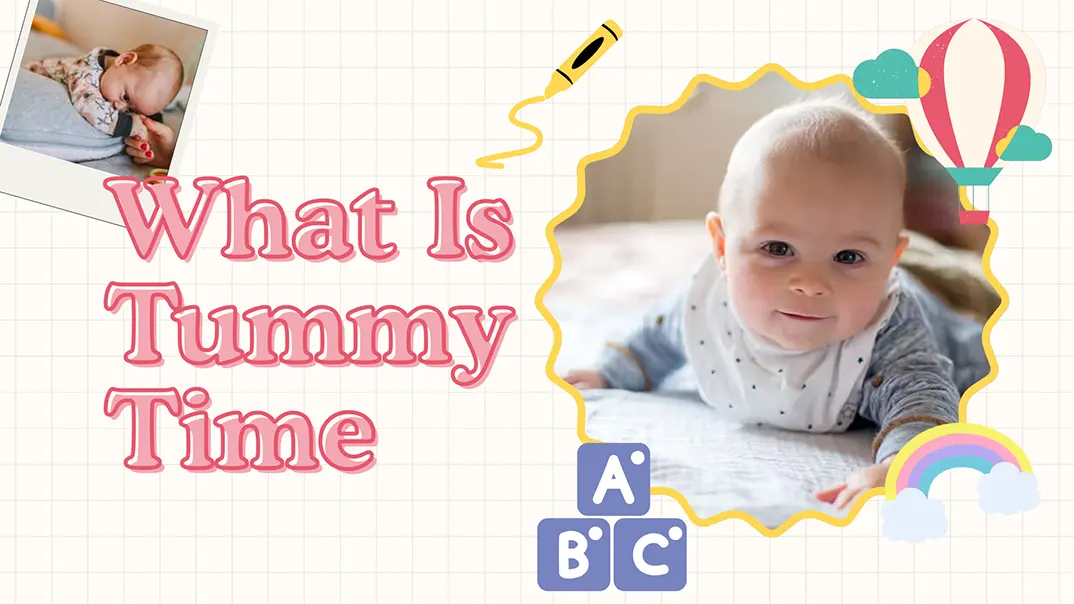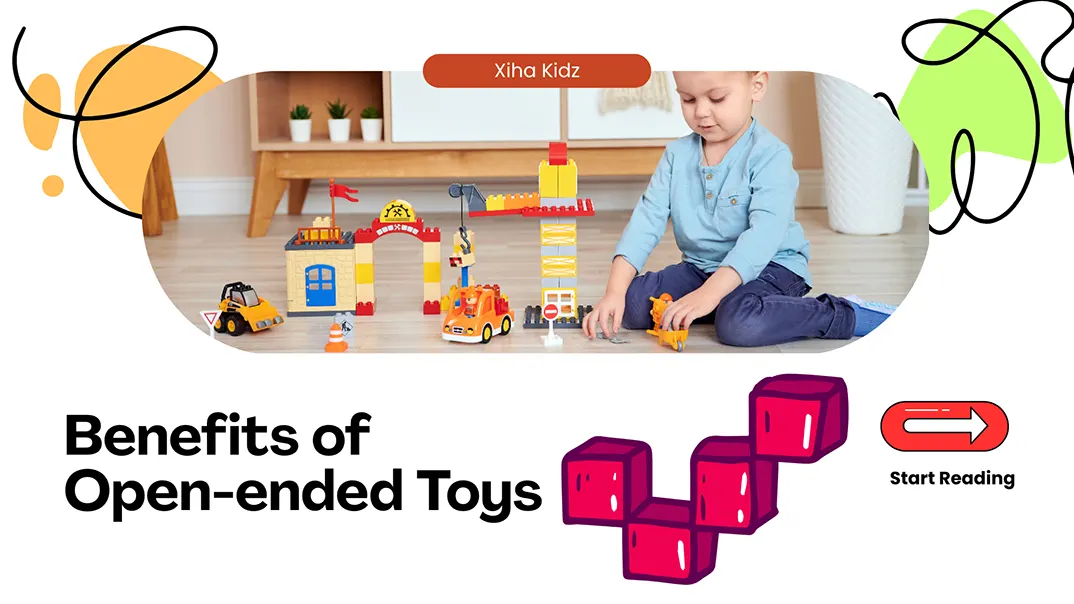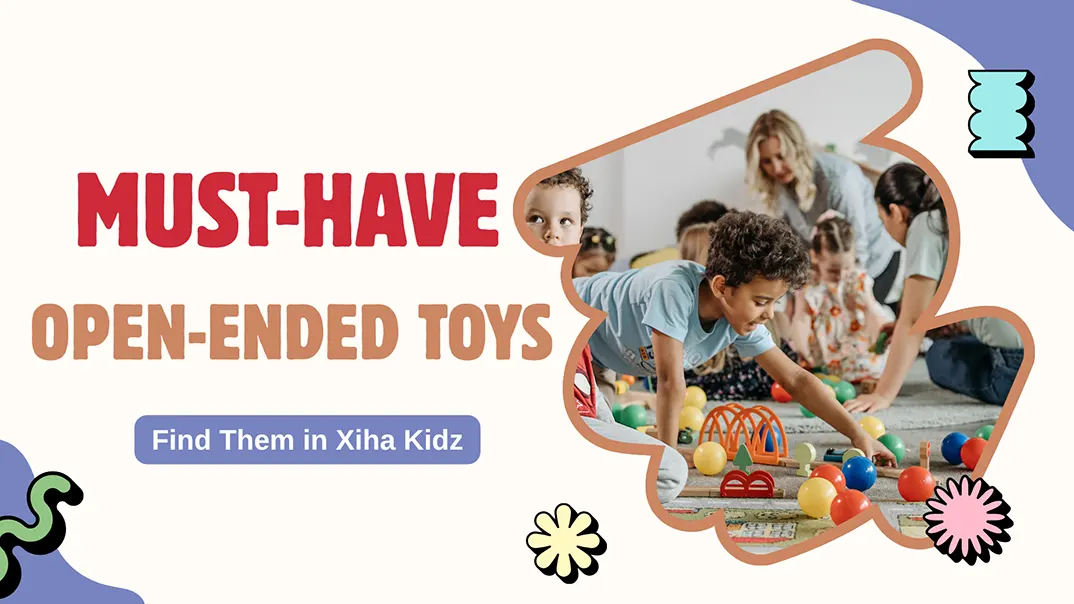In today’s fast-paced world, fostering Autonomy Development in early childhood education has become more than just a teaching preference. It is now a developmental necessity. Many young children still rely too heavily on adults for making decisions, managing emotions, and solving even the simplest problems. This overdependence can quietly limit their confidence, creativity, and sense of personal responsibility.
When children are not encouraged to act or think for themselves, they may grow up struggling with motivation, decision-making, and self-control. Constant adult intervention, even when well-intentioned, can weaken their ability to take initiative and learn from mistakes. Picture a child who always waits for someone else to decide what to do next. By the time they reach school or adulthood, their problem-solving skills are underdeveloped, and their independence is fragile. This is a serious issue with long-term developmental consequences.
The encouraging part is that Autonomy Development in early childhood can be cultivated through simple, consistent actions. Parents and teachers can begin by offering children meaningful choices, listening to their opinions, and allowing them to try things on their own. When guided with patience and trust, children learn to take responsibility for their actions and decisions. This article explains what autonomy means in early childhood, why it matters deeply, and how practical strategies can help nurture it in everyday life.
Definition of Autonomy in Early Childhood Development
In the context of child development, autonomy refers to a young child’s growing ability to make decisions, manage emotions, and act independently within safe and supportive boundaries. This process involves learning how to solve problems, express preferences, and engage in tasks without relying entirely on adult intervention. It is not about isolation or rebellion but about building a child’s sense of self and internal motivation.
To define autonomy more formally, especially from a developmental psychology perspective, it is the capacity to govern one’s own actions, guided by internal standards rather than external control. In early childhood, this takes shape in small but meaningful ways such as choosing what toy to play with, expressing likes and dislikes, or deciding how to approach a simple task. These moments, though minor in appearance, are foundational to forming a strong sense of autonomy.
From a developmental standpoint, this stage is most closely aligned with Erik Erikson’s “autonomy versus shame and doubt” theory. He stated that toddlers, typically between 18 months and 3 years, must navigate the balance between asserting independence and feeling secure in their decisions. If consistently supported, children emerge with confidence and self-trust. If overly restricted or criticized, they may develop doubt in their own abilities.

In psychology, the definition of autonomy also includes emotional regulation and decision-making based on internal cues. This is why autonomy meaning in psychology goes beyond simply doing things alone. It is about the process of becoming a self-governing individual with a stable identity.
Let us now take a closer look at the educational philosophies that have shaped our understanding of children’s autonomy.
Educational Philosophies about Autonomy in Early Childhood
Long before the term autonomy in development became widely used in psychology, thinkers such as Jean-Jacques Rousseau and Maria Montessori were already laying the groundwork for it.
Rousseau’s View of Natural Development
Rousseau believed that children are inherently good and learn best when allowed to develop naturally with minimal adult interference. In Émile, or On Education, he emphasized that a child’s development should be guided through trust rather than controlled through authority. He argued that autonomy is not something adults hand over to children. It is something that naturally emerges when children are given freedom to grow within safe, respectful environments. This aligns closely with today’s understanding of how children’s autonomy develops most effectively.

Montessori’s Respect for the Child’s Will
Maria Montessori built upon similar ideals. Her approach is rooted in the belief that every child has an innate desire to learn and become independent. The Montessori classroom is intentionally designed to support autonomy development by giving children meaningful freedom within clearly defined boundaries. Children are encouraged to choose their own activities, take responsibility for daily routines, and solve problems independently. Practical life tools and hands-on learning materials help them build both functional skills and a deep sense of autonomy. In this model, the adult’s role shifts from teacher to facilitator, allowing children to grow into capable decision-makers.
Both Rousseau and Montessori believed that autonomy is not a privilege. It is a fundamental need in the early years. Their insights continue to shape modern early education, particularly in environments that emphasize self-motivation, critical thinking, and emotional resilience.

Why is Autonomy Important in Child Development
Children who are given the space to make their own decisions begin to develop genuine confidence in themselves. Each time a child chooses what toy to play with, picks out clothes in the morning, or decides how to complete a task, they are building a quiet but powerful belief in their own abilities. This growing self-trust lays the groundwork for higher self-esteem, helping them feel capable and valued without constantly relying on adult approval.
Autonomy also plays a vital role in shaping how children approach challenges. When they are allowed to try and sometimes fail on their own, they gradually develop better problem-solving skills. These everyday moments of trial and error help children learn how to think critically, assess situations, and find their own solutions. Over time, they begin to regulate their emotions more effectively and face setbacks with greater patience and resilience. In this way, autonomy doesn’t just support independence. It strengthens emotional growth and prepares children to handle life’s bigger challenges with confidence.
Practical Ways to Support Autonomy Development in Early Childhood
Provide Choices
One of the simplest and most effective ways to build children’s autonomy is by offering choices. When children are allowed to choose between two or three options, they begin to understand that their opinions matter. These small decisions, like picking a snack or choosing between books, help develop their confidence and decision-making skills. Over time, these repeated moments contribute to a stronger sense of autonomy because the child sees that their voice influences their experience.
Encourage Solitary Play
Solitary play is more than just a way to keep a child entertained. It is a powerful tool for autonomy development. When children engage in unstructured play, they learn to manage their time, solve simple problems, and follow their own creative impulses. This kind of play promotes not just independence but also critical thinking. The ability to play without constant adult input gives children freedom to explore, make mistakes, and learn how to manage those experiences on their own.

Respect Their Opinions
Children may be small, but their thoughts and feelings are real and important. When adults consistently listen to children and take their opinions seriously, they help build emotional trust and personal confidence. Asking questions like “What do you think we should do?” or “How do you feel about that?” shows that their ideas matter. This approach nurtures not only emotional autonomy, but also helps children develop self-expression and self-awareness.
Let Them Work Through Challenges
It is tempting to step in the moment a child struggles, but allowing them time to work through small challenges can be far more beneficial. When a child zips up their own coat after a few tries or stacks blocks after several failed attempts, they learn that perseverance leads to success. These moments develop a deep and lasting sense of autonomy, as the child realizes they are capable of overcoming difficulty without relying on constant adult help.
Give Them Some Household Chores
Assigning simple household tasks helps children feel useful and responsible. Setting the table, watering plants, or tidying toys are manageable tasks that give children a chance to contribute meaningfully. These chores are not just about helping around the house. They reinforce a child’s role in the family, teach structure, and promote self-reliance. When children complete tasks on their own, they begin to view themselves as capable individuals, which supports healthy autonomy development.

Develop Self-Confidence
All of these strategies ultimately serve one purpose to help children believe in themselves. Every time a child is trusted to act independently, their confidence grows. Confidence, in turn, reinforces autonomy. When children feel secure in their abilities, they are more likely to try new things, take healthy risks, and bounce back from failure. By supporting children’s autonomy in these everyday ways, we create space for them to build a strong, capable identity from the inside out.
The Development of Children’s Autonomy Requires Appropriate Intervention
While children’s autonomy grows through freedom and choice, it does not flourish in total independence. In fact, too much freedom without support can overwhelm young children and lead to confusion, frustration, or even fear. This is why appropriate intervention plays such a critical role in autonomy development. Children need guidance, not control. They need adults who know when to step back and when to gently step in.
Supportive intervention means creating boundaries that are clear but not rigid. For example, a child may be free to choose their clothes, but within weather-appropriate options. This teaches decision-making while ensuring safety and practicality. By framing choices, adults can help children learn how to evaluate their options and understand consequences, both essential parts of autonomy in development.
Découvrez notre gamme complète de produits
Accédez à notre catalogue complet comprenant des meubles et des équipements de jeu de qualité supérieure pour les jardins d'enfants et les écoles.
It might seem helpful to let children “figure things out” on their own, but without some guidance, they can feel overwhelmed. For example, in a daycare setting, a teacher might ask a group of toddlers to “pick any activity.” With too many options and no direction, some children end up wandering around unsure of what to do. In these moments, a gentle prompt like “Would you like to build blocks or read a story?” gives structure without taking away their freedom. This kind of approach supports children’s autonomy by letting them make a choice within clear boundaries.
From a psychological perspective, intervention should be seen as scaffolding rather than interference. The goal is to support the child just enough so they can succeed on their own next time. Too much help can weaken motivation, while too little can lead to avoidable failure. A balanced approach respects the child’s efforts while reinforcing their growing skills.
Children’s autonomy is not about leaving them to figure out everything alone. It is about walking beside them, offering structure and support, until they’re strong enough to walk ahead with confidence.
Activities Worthwhile to Promote Children’s Autonomy
Let the Children Play Freely in the Park
A park gives children the perfect setting to act on their own. Whether they’re climbing on the jungle gym, chasing leaves, or joining others in a game, they’re constantly making choices. No one is telling them what to do next. This kind of freedom naturally supports children’s autonomy.
When adults take a step back watching from a bench, checking in only when needed children gain the space to handle small risks and solve problems on their own. They learn how to manage a fall, wait for their turn, or settle a disagreement. These everyday moments help build their confidence and strengthen their sense of autonomy through real experiences, not instructions.

Cooking or Snack Prep
Simple food tasks are a great way to support children’s autonomy at home or in a classroom. Activities like slicing bananas, spreading butter, or pouring water give children real responsibilities they can manage. These tasks not only develop fine motor skills but also help them focus and feel capable.
Instead of giving step-by-step instructions, offer child-safe tools and let them figure things out. They might spill or make a mess, but that’s part of the learning. When children prepare their own snack, they’re making choices, solving small problems, and seeing the results of their effort key ingredients in everyday autonomy development.
Build Small Communities
Creating small communities within a learning environment helps children practice independence in social settings. Whether in a Montessori classroom or an outdoor play area, group tasks like setting up snack tables, caring for plants, or organizing books let children take initiative and work together.
Outdoor spaces can also support this. A few pieces of mobilier d'extérieur, such as child-sized benches or tables, allow kids to arrange their space, host pretend picnics, or lead group activities. These moments encourage leadership, cooperation, and decision-making. In these small community settings, children’s autonomy is built through everyday choices and shared responsibility.

Conclusion
Supporting autonomy development in early childhood is not about giving children complete freedom, nor is it about strict control. It’s about finding that balanced space where a child feels trusted, capable, and encouraged to try. Through simple, consistent actions offering choices, involving them in real tasks, stepping back at the right moments we help them grow into confident, thoughtful individuals.
Whether it’s letting them play freely at the park, prepare their own snack, or solve small problems with peers, each moment builds something deeper: a lasting sense of autonomy. When adults understand when to guide and when to observe, children begin to believe in themselves and feel empowered to make their own way in the world.
Feel free to explore our collection of mobilier préscolaire and discover how we can help transform your learning environments today. By making autonomy part of everyday learning, we’re not just teaching independence. We’re giving children the tools to lead their own lives with confidence, resilience, and joy.







